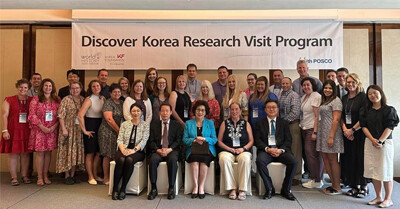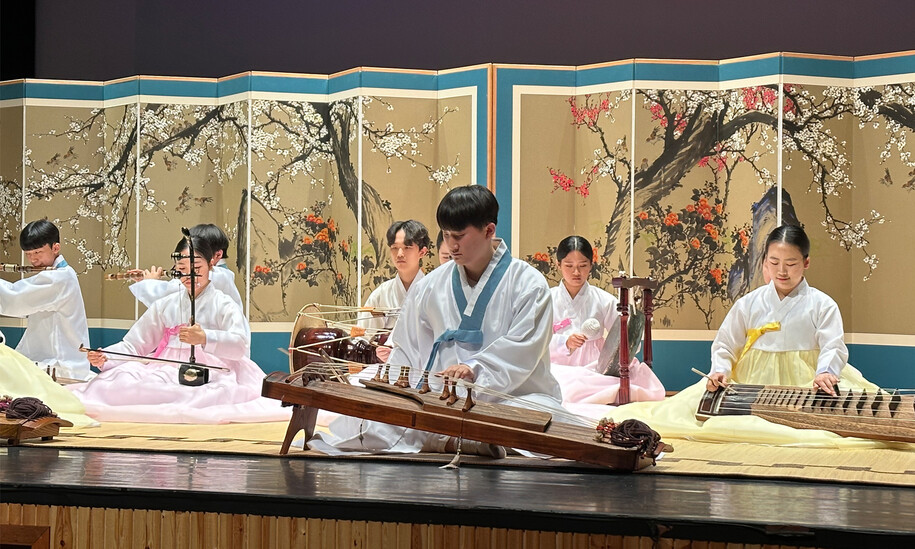
If you aren’t sure how important education is to a country, consider what's called the Korean Phenomenon. Prior to the Korean War in the 1950s, it was considered a third world country. At the conclusion of the war, the country focused heavily on education. And today, just 70 years later, South Korea is one of the wealthiest nations in the world.
South Korea is understandably proud of its accomplishments and loves to bring educators to their country to showcase what they are doing.

The Iowa Department of Education’s social studies consultant, Stefanie Wager, was part of an educator contingency consisting mostly of American teachers who recently were guests in South Korea. Wager said the goal of the visit was two fold:
- To better understand the Korean War and how a country, through investing in education, can go from rags to riches in a relatively short period of time.
- To better understand Korean culture.
What stood out most in Wager’s mind was the country’s education system and how it differs from the United States.
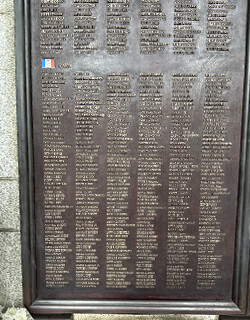
“Their education system is very differentiated,” she said. “You have high schools focused on STEM, fine arts, humanities – there are many specialized pathways that the student can choose. They also choose whether they want to take a technical pathway or go to university.”
Regardless of the pathway, all high school students must still be educated in the core curriculum.
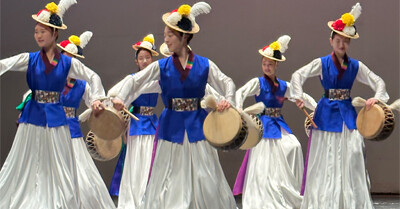
“Beyond that, a good chunk of your day will be working on the discipline the student has chosen,” Wager said.
What does South Korea provide educationally?
- Free preschool for toddlers starting at age 3. It’s very popular: About 92 percent of the toddlers are enrolled.
- Free schooling is provided until a student goes to the university. Even then, universities are heavily subsidized. Enrollment in higher education is 67 percent, compared to 62 percent in the United States.
- Special education is mandatory and free, and it starts earlier than preschool: Children under the age of 3 qualify.
- Though they focus on highly skilled trades, they also highly value the arts and humanities.
- The high schools are closely connected to industries. They actively engage students in jobs that employers need to fill.

Still, Wager said South Korean educators believe that they are at a crossroads.
“Their education has been very traditional – teacher led,” she said. “They are now starting to move more toward our style where the student is an active participant in classroom conversations. A good example is how they teach the Korean War. In the past, it was lectures about major battles, dates and the like. Now they are bringing in people who lived through it. They are working on creating more interactive, engaging types of lessons rather than the teacher just lecturing.”
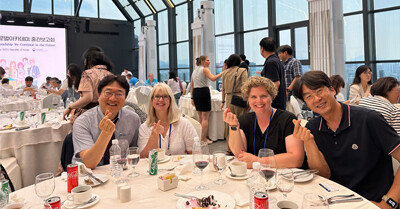
One thing that stood out to Wager is how thankful South Koreans are to the countries who fought on their behalf during the Korean War.
“To this day, they are putting up memorials and statues honoring the U.S. and other countries,” she said. “To see the thankfulness in South Korea after 70-plus years is so impressive.”
And Wager’s take away from the visit?
“South Korea stands out as a beacon of what education can do for a country in a short period of time,” she said. “Education can truly transform an entire country.”
